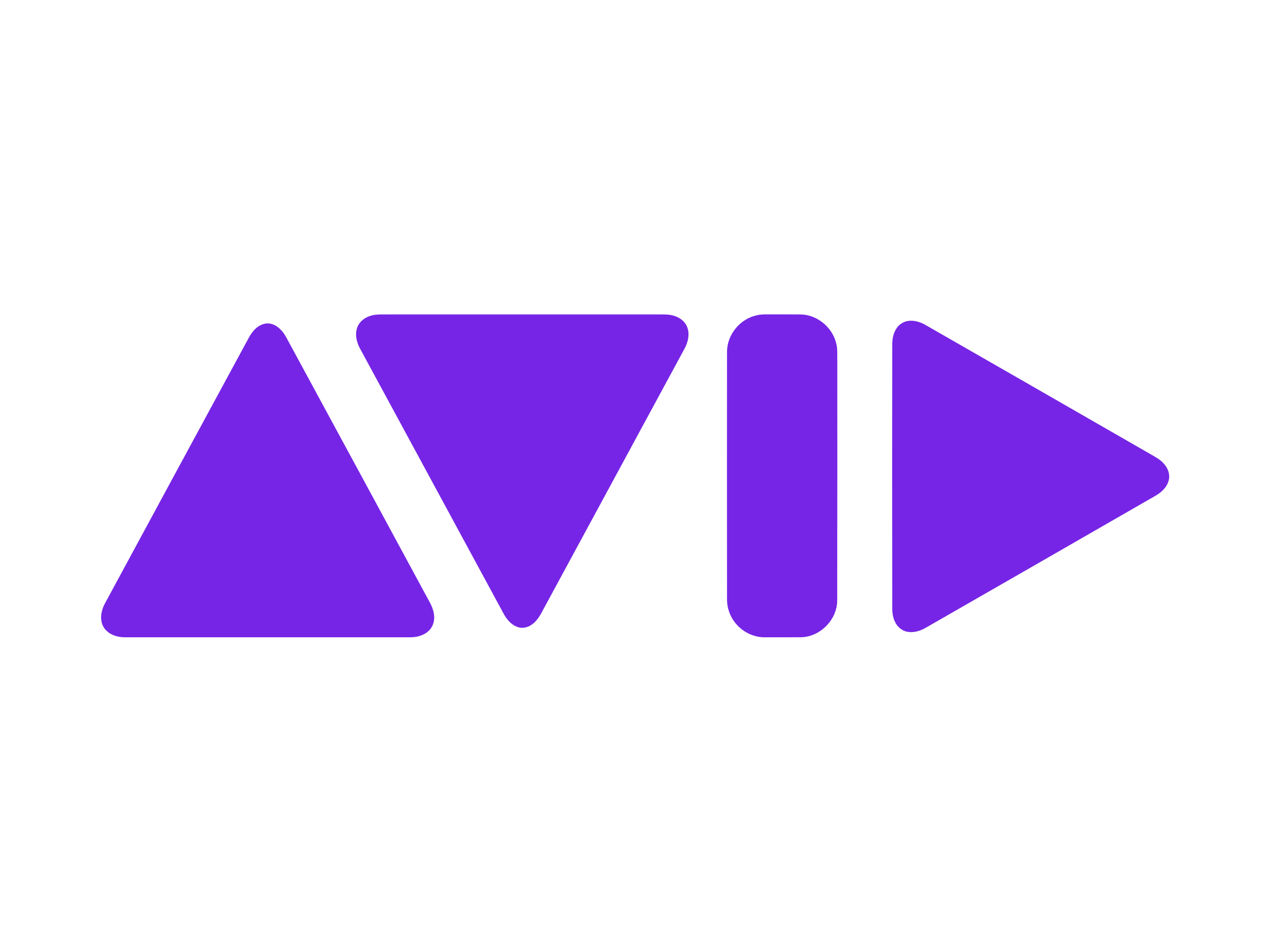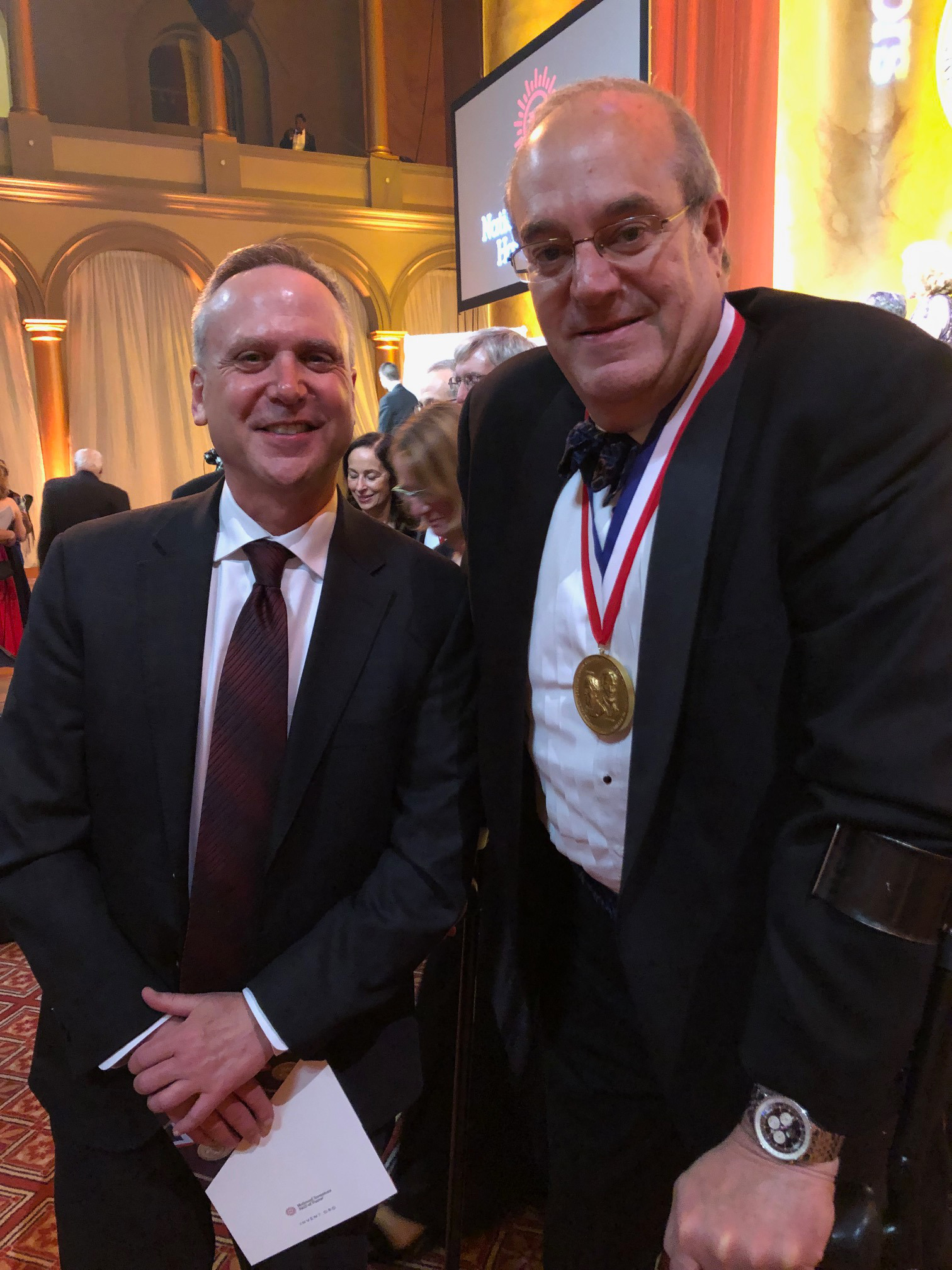What Does the Sale of Avid Mean for its Future?
For its user base, moving to a private company leaves many questions unanswered

At the time this article was written, the entertainment industry was on strike and virtually all major production shut down. In the middle of all this comes the news that Avid, one of the legends in film, video and audio post-production, is being sold to STG, a private equity firm, for $1.4 billion in cash.
Other than the typical optimistic press releases from the company, there has been radio silence on the sale. Jeff Rosica, Avid’s president and CEO, won’t talk about the sale beyond the news release. Calls to several Avid analysts and major users also got a “no comment.”
A blog from Devoncroft Partners, a media research firm, found “there is no detailed rationale provided by Avid’s management team or board of directors on why this is in the best interests of Avid and its stakeholders.”
Devoncroft continued: “We can appreciate the conventional view of private equity ownerships is decidedly negative among media technology professionals. Caution is advisable. Becoming a private company, under STG’s stewardship, may very well prove beneficial for all stakeholders as Avid’s board believes. And it’s not like the public markets have a perfect incentive structure for long-term planning.”
The video editing market is now crowded. Today, Avid competes with Adobe Premiere Pro, Apple Final Cut Pro and Blackmagic DaVinci Resolve, as well as a range of lower-cost options. In the audio market, Avid’s Pro Tools competes with Adobe Audition, Apple’s Logic Pro X, Reaper, Cubase and free software, such as GarageBand and Audacity.
What's Next?
For Avid’s user base, moving from a publicly traded company to a private company leaves questions unanswered. Avid’s board of directors has unanimously accepted the offer. Closing of the transaction is expected during the fourth quarter of 2023, though at presstime the deal was still subject to Avid stockholder and regulatory approval, along with other “customary closing conditions.”
The deal includes a termination fee of $39.8 million should Avid terminate the transaction, which limits the company’s ability to entertain alternative proposals.
Whatever the implications of the sale turn out to be, Avid has a long and rich history in the video business. At the 1987 NAB Show, the company, founded by inventor Bill Warner, demonstrated the first prototype of the Avid Media Composer in a hotel suite.
Media Composer opened the door to nonlinear editing. Linear editing, then the standard, was too hard and cumbersome. Avid was started with the sole goal of providing a faster way to create media.
It took a convergence of technology to make Warner’s dream come true. One key component was the Apple Macintosh. By 1989, with the help of the Macintosh CPU, the Avid/1 Media Composer became a viable product with real-time video compression techniques that could instantly display edited sequences.

The Avid/1 could simultaneously handle full-motion color video at 30 FPS and two channels of 44 Khz, 16-bit sound. With this, medi editing changed forever.
'Sweating Bullets'
At that NAB Show, Warner recalled at the time, “I could taste it. I wanted that machine. I just had to have it. So, we shipped the machines by FedEx to the NAB Show. Our machines were lost in shipping. Then they found them in time, but we were sweating bullets,” Warner recalled.
(Read more: Avid Founder Bill Warner Inducted into National Inventors Hall of Fame)
“Just to show you how much money meant to us at that time, we were thrilled because we got the shipping for free. And it was like $1,000 to send these big machines, but they had been lost for a few hours. We got our machines and we set it all up in the suite. We called people at their hotels to make sure they would come. And they did. We got our first $500,000 investment at that NAB [Show].”
Two years later, Avid began selling its system. The first handful of systems went mostly to editors for making commercials in New York. The system was still immature, and the kinks needed to be worked out before tackling the big film market in Hollywood.
The video quality of the Avid/1 was VHS quality due to the use of a very early version of the Motion JPEG (M-JPEG) codec. In 1991, when Avid implemented JPEG compression, picture quality greatly improved. Finally, the system was ready for primetime.
In 1992, Avid made its Hollywood debut. That year, Steve Cohen began editing Neil Simon’s “Lost in Yonkers” on Avid’s first Film Composer system. After an initial process shakedown, the Film Composer performed well—it operated at a true 24 fps, with no locked-out frames or fields. The company went public in 1993.
Avid’s cut lists were 100% accurate, consistent and stable over editing changes. Over the years, many optical-heavy shows appreciated this accuracy and stability, when every scene comes out to the frame, every time.
Avid had set a new editing standard. By the year 2000, more than 100 television shows and movies such as “Titanic” and “The Matrix” were edited with Avid products.
By 2018, Avid’s editing products, including its premiere audio editing app, Pro Tools, were used in 70% of commercially published music, 90% of original primetime content and most of the world’s major news networks. Avid has won a Grammy, 16 Emmys and two Oscars.
Now, facing a new chapter in its 35-year history, there is speculation about the future of Avid. Might it be broken up—separating its film, video and audio products and services? No one is saying.
In a letter to Avid customers, Rosica wrote, “We’re confident that by becoming a private company, we will strengthen our business and be able to achieve greater scale, performance and speed.”
It’s anybody’s guess whether or not this will be true.
Frank Beacham is a New York City-based writer and media producer.
Get the TV Tech Newsletter
The professional video industry's #1 source for news, trends and product and tech information. Sign up below.
Frank Beacham is an independent writer based in New York.

